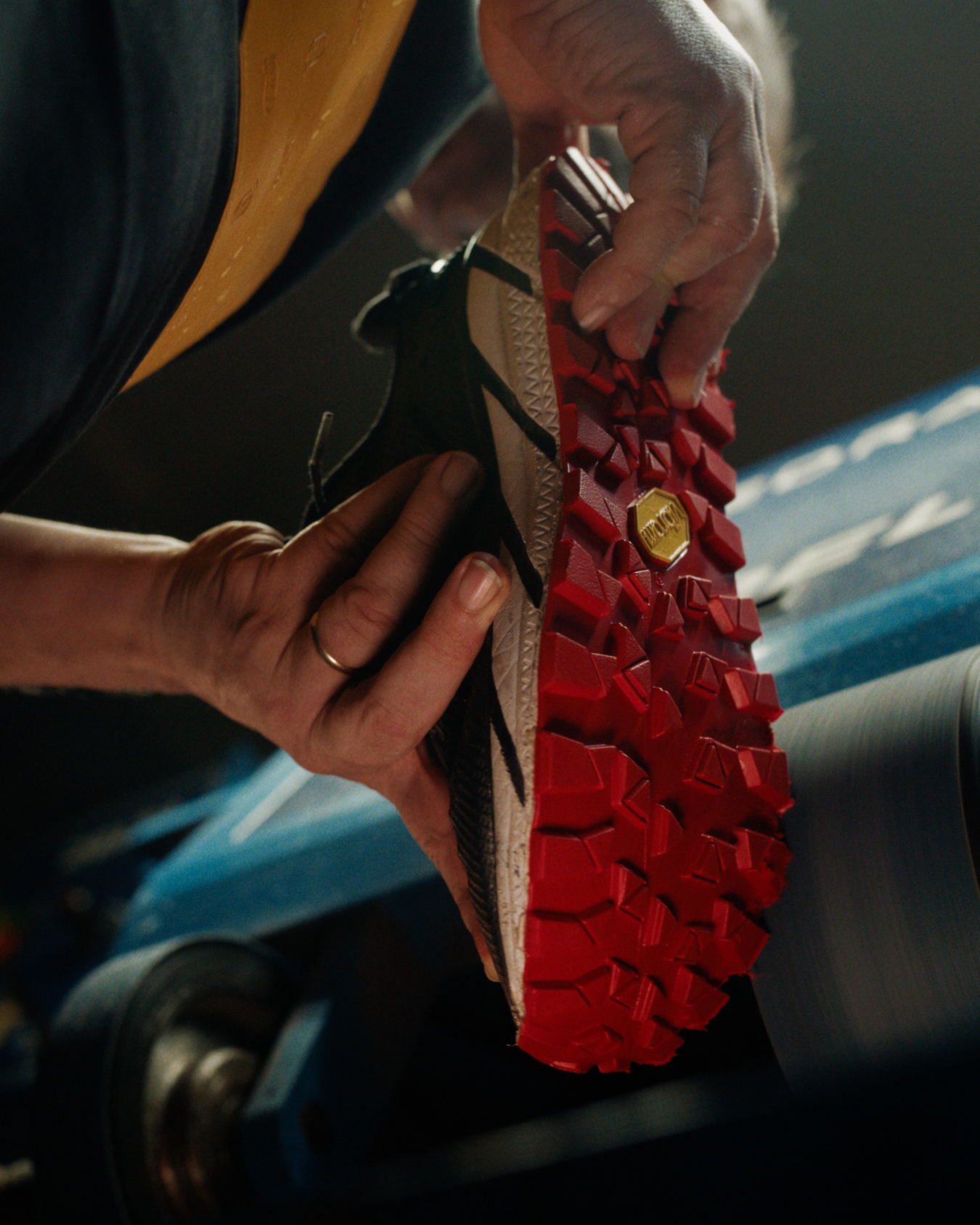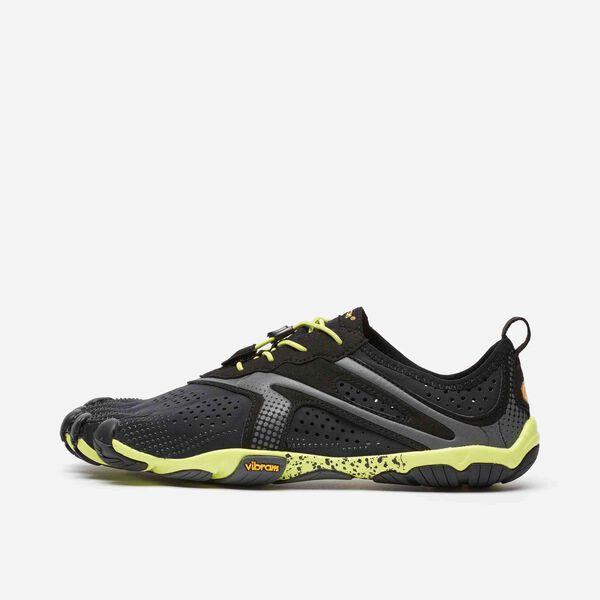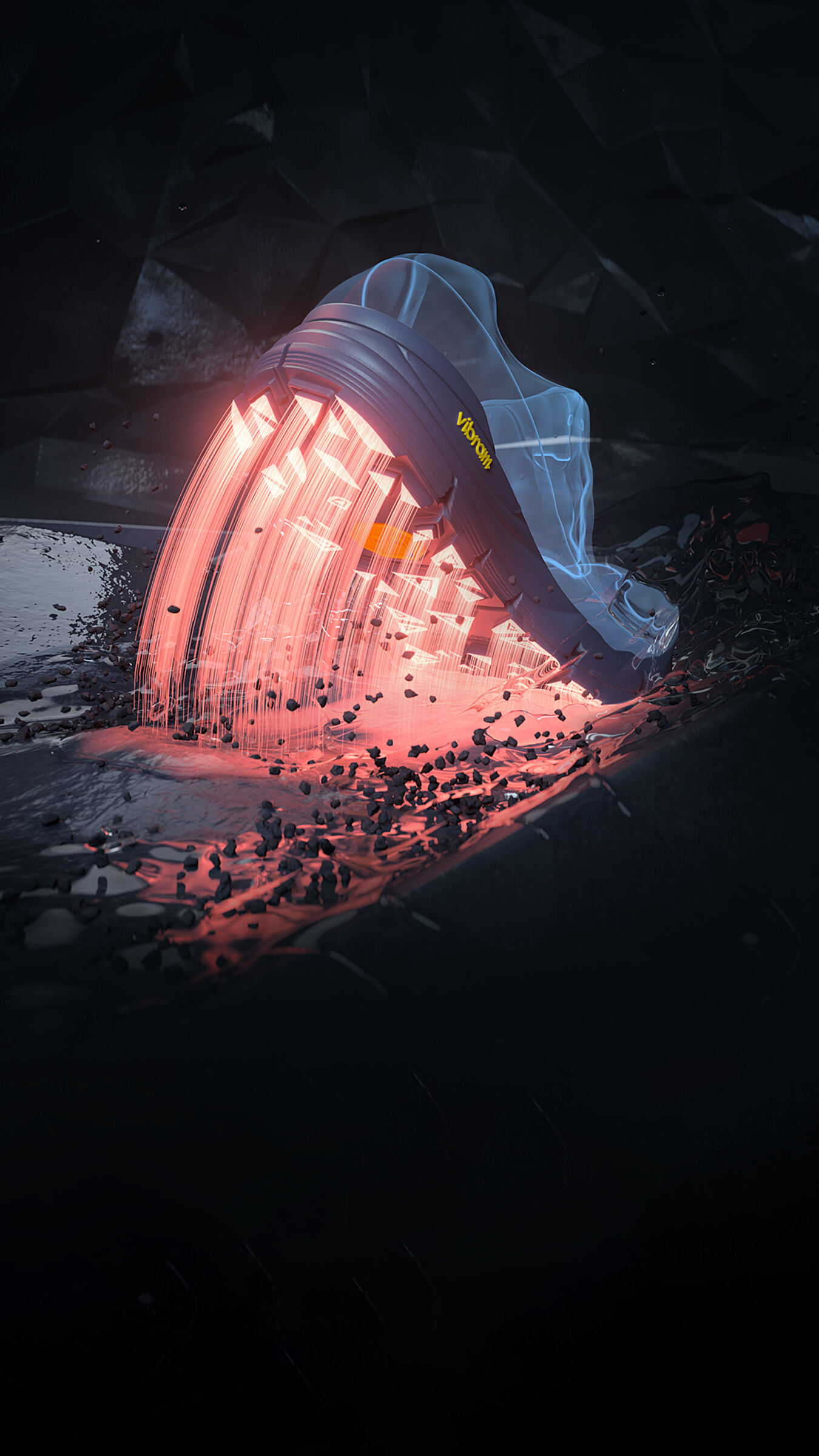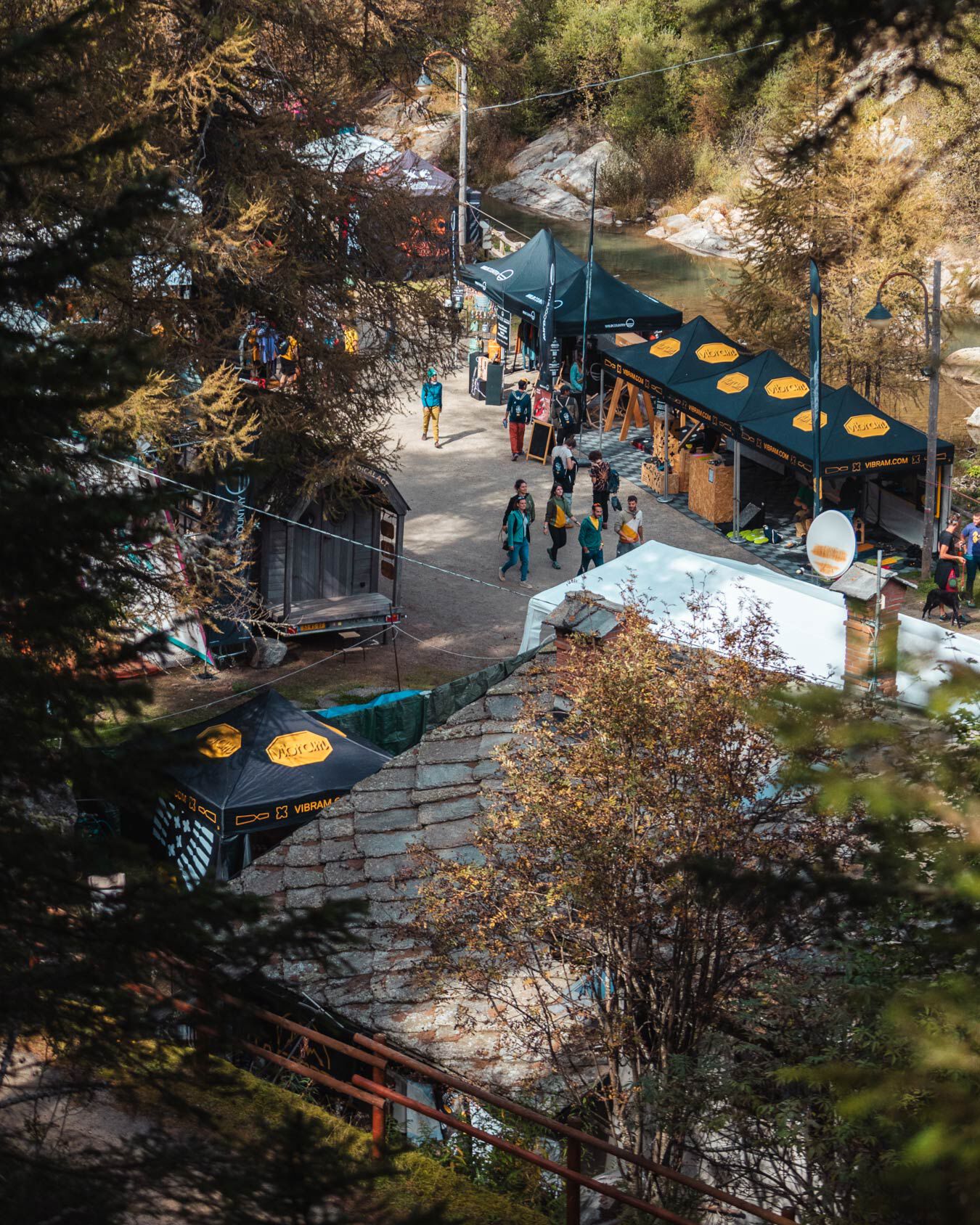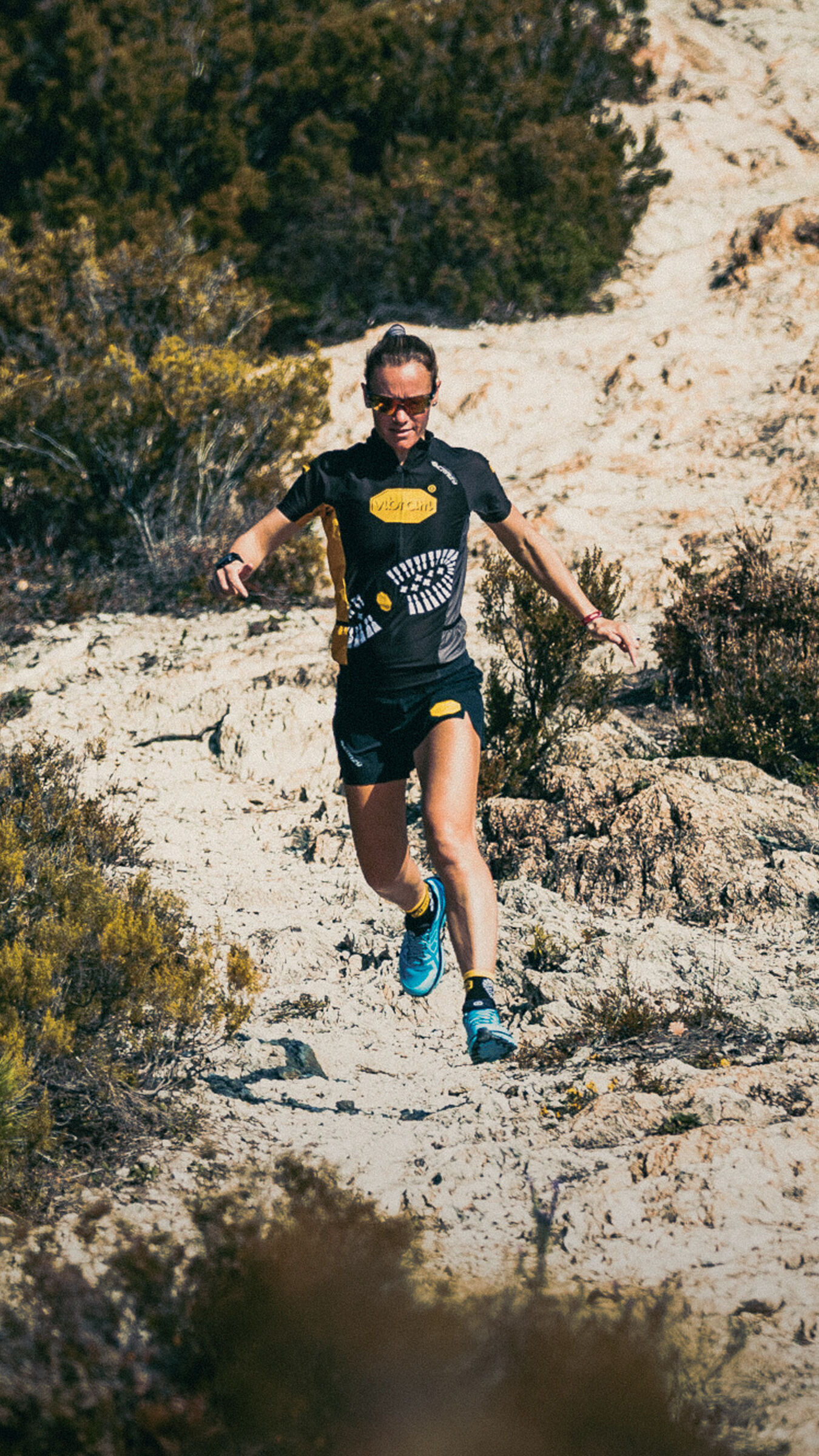
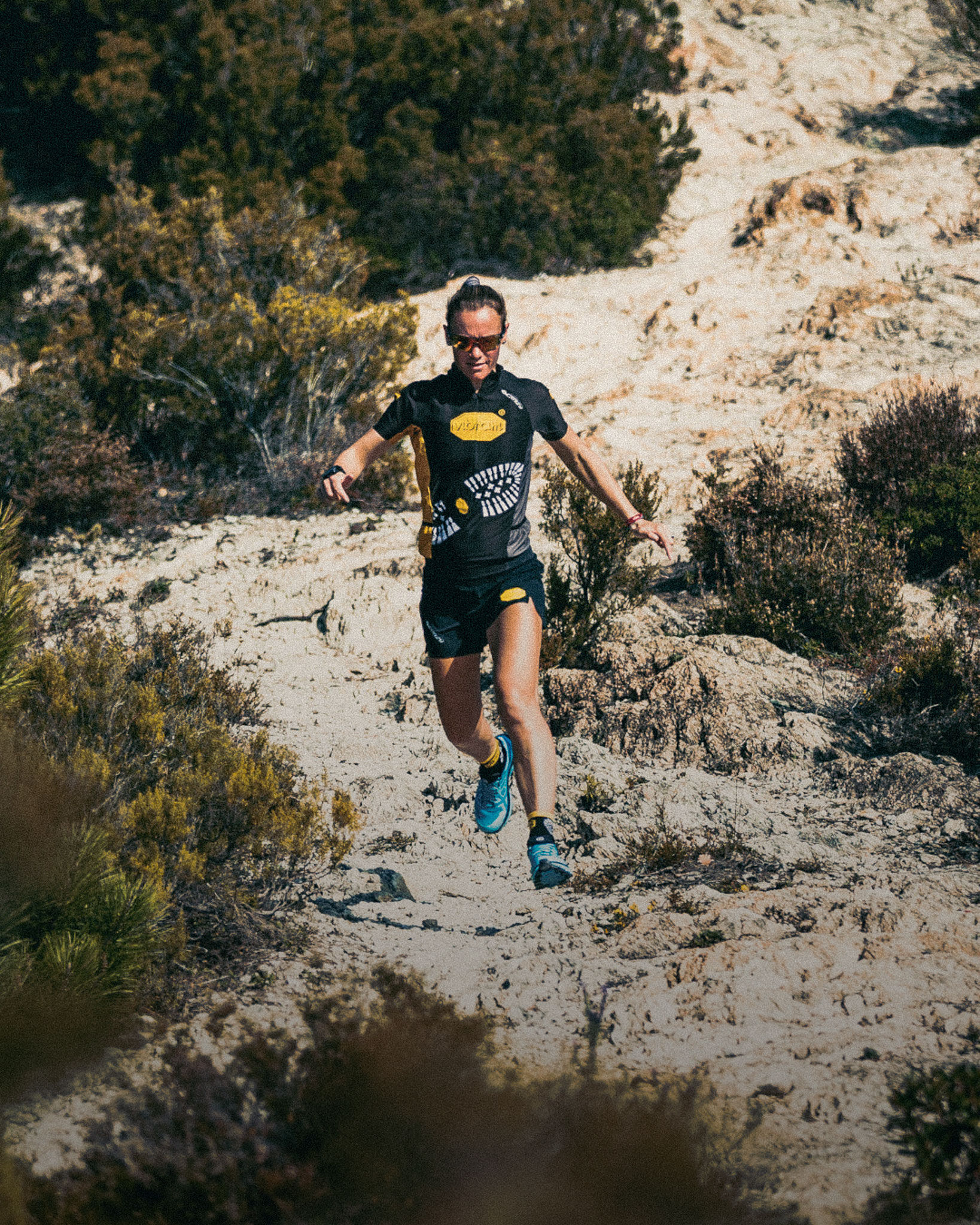
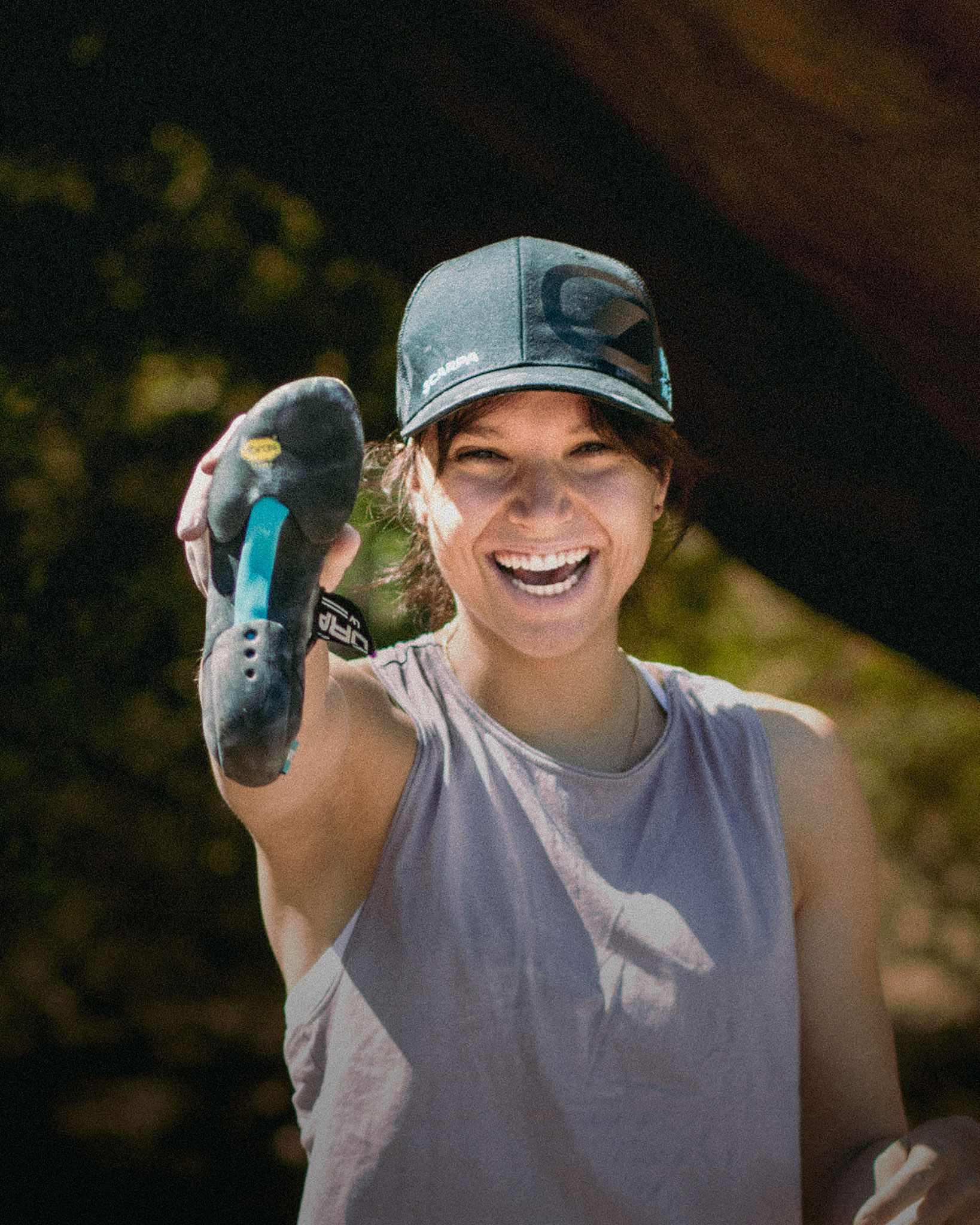

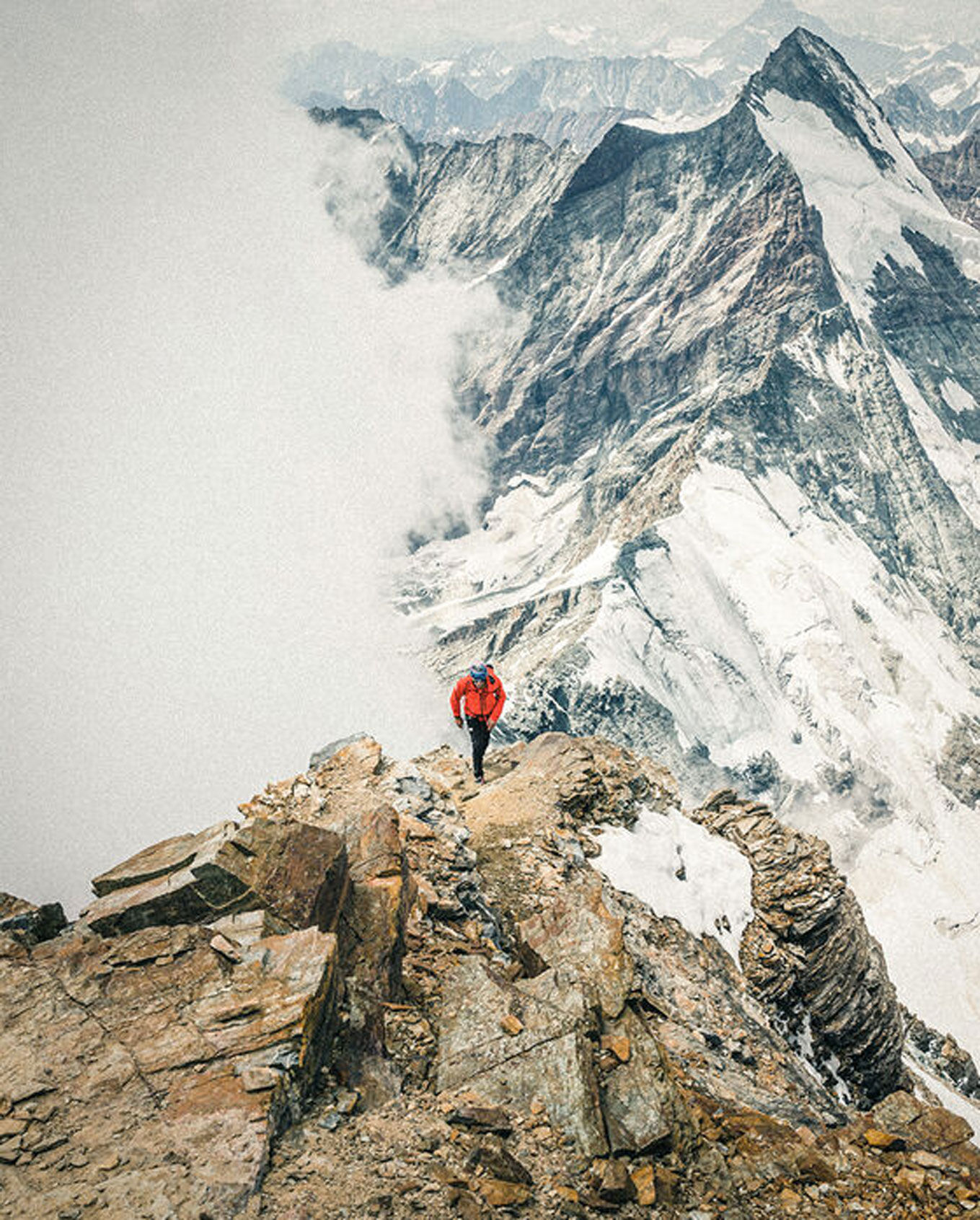

-
![]()
![]()
- Vibram Megagrip è all’altezza di ogni sfida e di ogni tipo di terreno. Dà sicurezza e controllo, mantenendo un equilibrio ottimale tra stabilità e flessibilità per l’adattamento al terreno.
-
-
![]()
![]()
- Vibram Traction Lug è il nuovo e innovativo concetto di design che si concentra sull’elemento chiave della trazione: la forma del perno.
-


